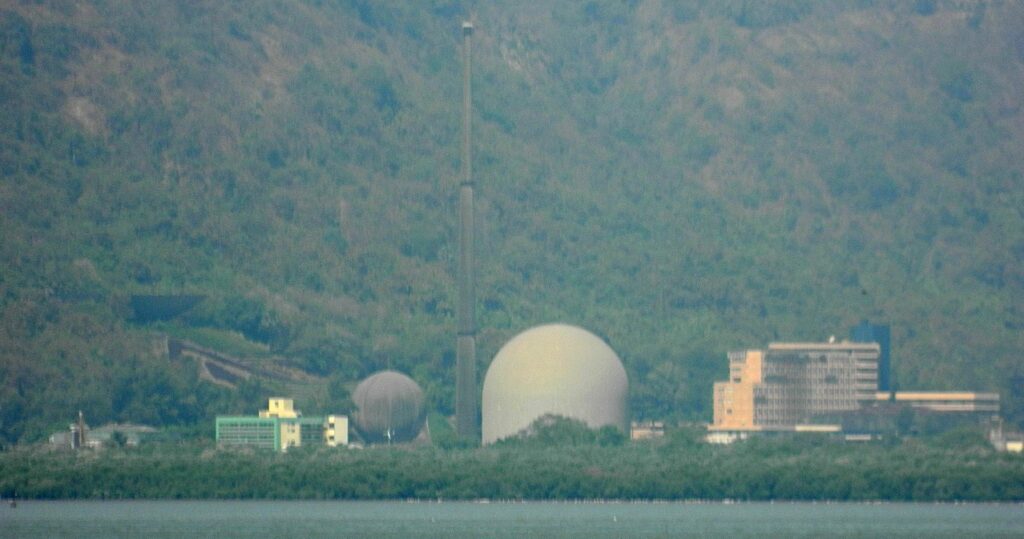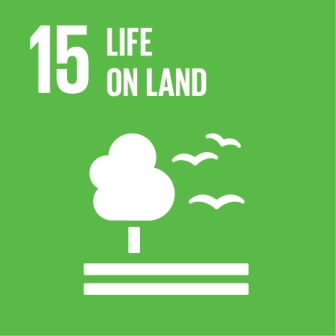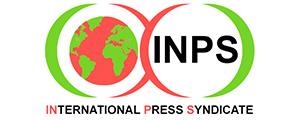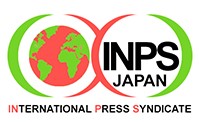by Hrutwi Kshirsagar and Sumaiya Ali
Mumbai (London Post) – Adjacent to the cemented walls with overriding barbed wires of Bhabha Atomic Research Center (BARC) complex is the village settlement of Trombay, an eastern surburb of Mumbai. This vicinity is characterised by tin-roofed houses and small gangways to walk through.
The area exudes a pungent and chemical-like odour. Trombay is at walking distance to the two research reactors- CIRUS and Dhruva, which are located within the premises of Bhabha Atomic Research Centre (BARC) complex.|TURKISH|

The government authorities have coiled the atomic power plant secrecy for nearly seven decades. On December 1, 1991, there was an outflow of a major radioactive leakage from the vicinity of CIRUS and Dhruva reactor complex.
The incident was reported in the August-September 1992 issue of Anumukti, a journal which calls for a non-nuclear India and is dedicated to it. It suggests that reactors located at Trombay surmised that traces of harmful effluents likely trickled into the “Arabian Sea” water stream after severe soil contamination.
The area established over criss-crossed lines of flowing radioactive chemical effluents extrapolated high readings of Cesium-137. These readings were ubiquitous in the soil bed between the reactor and the sea. The pipelines quoted by institutions’ operators end up in the water stream.
When questioned, a scientist at BARC (Bhabha Atomic Research Centre) denied the presence of inhabitancy. “There is no settlement,’’ the scientist replied. However, the nearest settlements are at Trombay Koliwada and Trombay Cheeta camp, which have people from the low-income class fishermen in majority.
Rupa Chinai, a journalist based in Mumbai, reported about the leakage in 1992. Her article suggests that readings also infer that its consumption by marine life disrupts the food chain. Percolation in marine life can result in severe repercussions on the human body. “Radioactivity is invisible in water and has a very long life,” Chinai comments. Tritiated water, as it is chemically identical to water (identical to regular water), can be easily absorbed through ingestion, through the skin, or vapours can be breathed in.
“Aqua, vegetation, birds, and insects are deemed to be carriers; however, the inhabitants are unaware of the incidents’ occurrence to date”, the report by Chinai adds.

On our visit to the nearest hospital to the site of the 1991 radioactive leakage, they told us of having received a “significant number of women delivering stillbirths between 1991-2000,” a senior medical nurse at the hospital said. The same year of the nuclear leak incident.
Dr. A. Gopalkrishnan, former chairman of Atomic Energy Regulatory Board (AERB), pointed out that many villagers from 1970 to 1980s, appointed as temporary workers, were commissioned to clean up radioactive material. The village in Trombay circumscribes a majority of BARC technicians who state that they are checked every day before entering the technicians’ area and while leaving. They are checked to detect if anybody is exposed to radioactivity. When asked, the retired technicians also commented that they were unaware of the reading fluctuations themselves and relied on the operator’s command while working.
According to the website of Bhabha Atomic Research Centre’s safety module, comprehensive monitoring and regular testing is essential.
In our conversation with the local residents of Trombay there seemed to be dissatisfaction with the measures taken by BARC. “Despite having the majority of BARC workers from our community, none of the institutions’ representatives have come for periodical check-ups or study,” one of them told us.
Moreover, provisions laid out in chapter II of The Environment (Protection) Act, 1986, explain improving the quality of the environment and preventing, controlling, and abating environmental pollution.
Trombay Koliwada fishermen, at present, are raising complaints about the lack of variety of fish. “The fishnets catch smaller fishes than we used to web before,” said Sanjay Turbhekar, a fisherman residing at Koliwada.
Operators and current scientists claim to have published documents and safety manuals that they use, available to the public on their websites. Find more information on Bhabha Atomic Research Centre ( BARC ), Department of Atomic Energy,Government of India.
Anti-Nuclear resistance in India

In India’s Southern state Tamil Nadu is the Kudankulam Power Plant, the country’s largest nuclear power plant. Ever since it was proposed in 1979, local residents have been protesting against it. Protestor claim that the effluents released from the plant is discharged into the sea which impacts the quality of fishes. India’s magazine Caravan reports that protests against the project picked up in 2011 after the Fukushima disaster in Japan. Fish workers say that ever since the plant has been functional, the quality of fish and their variety has decreased.
66 people were arrested and 1 was killed in 2012 when final step was being completed to make it operational.
In Maharashtra, people have been agitating from time to time regarding the “dark side” of the Tarapur Nuclear Power Plant. A report in Indian newspaper The Telegraph reports that the nuclear power plant has been implemented despite protests from the local villagers and fishermen.
However, a study done by researchers of Bhabha Atomic Research Centre has claimed that radioactive discharge and potential environmental damage from the six plants in India since the last 20 years has been “minimal”.
INPS Japan/London post
This article is brought to you by London Post, in collaboration with INPS Japan and Soka Gakkai International, in consultative status with UN ECOSOC.


